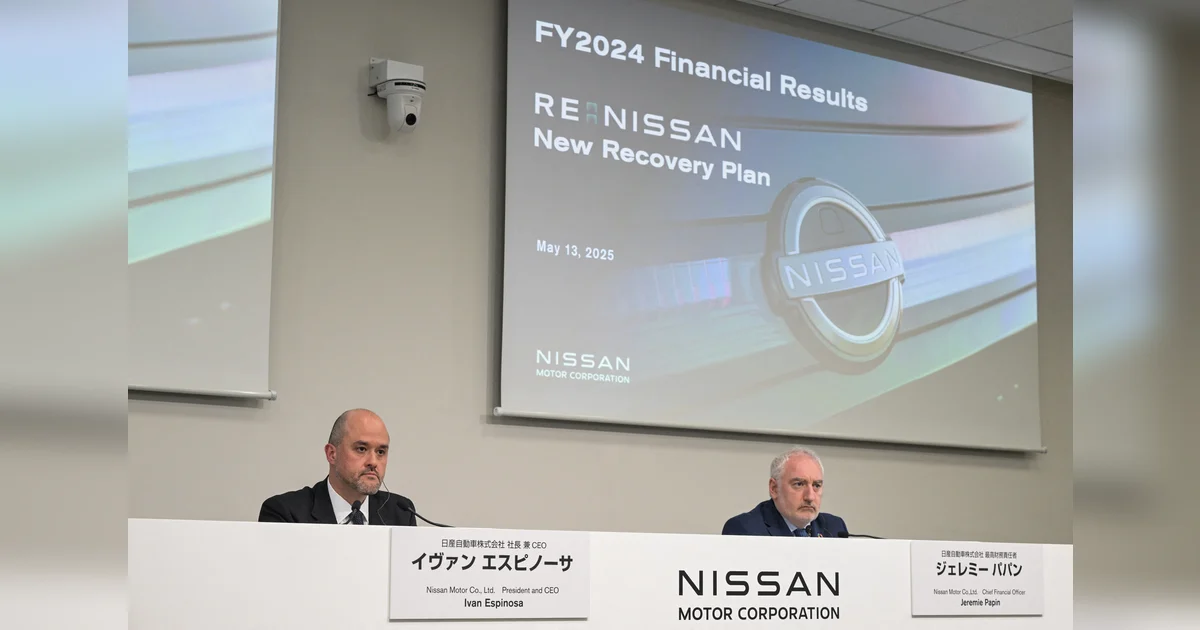Introduction to Nissan’s Financial Struggles
Nissan Motor presented new cost cuts and announced the elimination of 11,000 jobs and the closure of 7 plants, capping off a turbulent year. The Japanese car manufacturer fought to turn around, with its operating profit plummeting 88% to 69.8 billion yen ($472 million) in the 12 months to March.
Causes of Financial Decline
The car manufacturer was badly damaged by weakening sales in the US and China. Additionally, merger talks with other companies, including Honda, and the recent replacement of its chief executive have contributed to the decline. Nissan is also facing pressure from US tariffs and the rapid growth of Chinese electric vehicle manufacturers in Southeast Asia and other markets.
New CEO’s Strategy
The new CEO, Ivan Espinosa, aims to achieve total cost savings of around 500 billion yen. However, he faces the challenging task of turning around a company with an eroded brand value. Espinosa stated, "Our financial results throughout the year are a wake-up call. The reality is very clear. Our variable costs increase. Our fixed costs are higher than our current income can support."
Restructuring Efforts
The new job cuts will bring the total reduction to around 20,000 jobs, following previous plans to cut 9,000 positions. Nissan will also reduce its production facilities from 17 to 10 and decrease the complexity of parts by 70%. Although the company did not provide details on which plants will be closed, analysts attribute the decline to the former chairman’s focus on sales volume and use of strong discounts, resulting in an aging lineup that is now being updated.
Future Outlook
A sudden turnaround is unlikely, with the company forecasting a loss of 200 billion yen in the first quarter, according to the CFO. The road to recovery will be long and challenging, requiring significant efforts to revamp the company’s strategy and restore its brand value.

